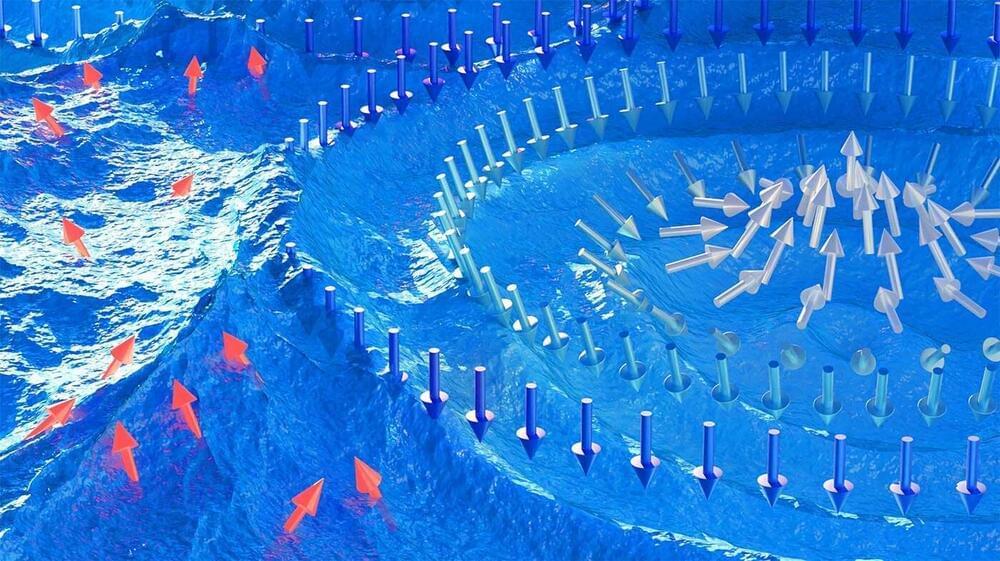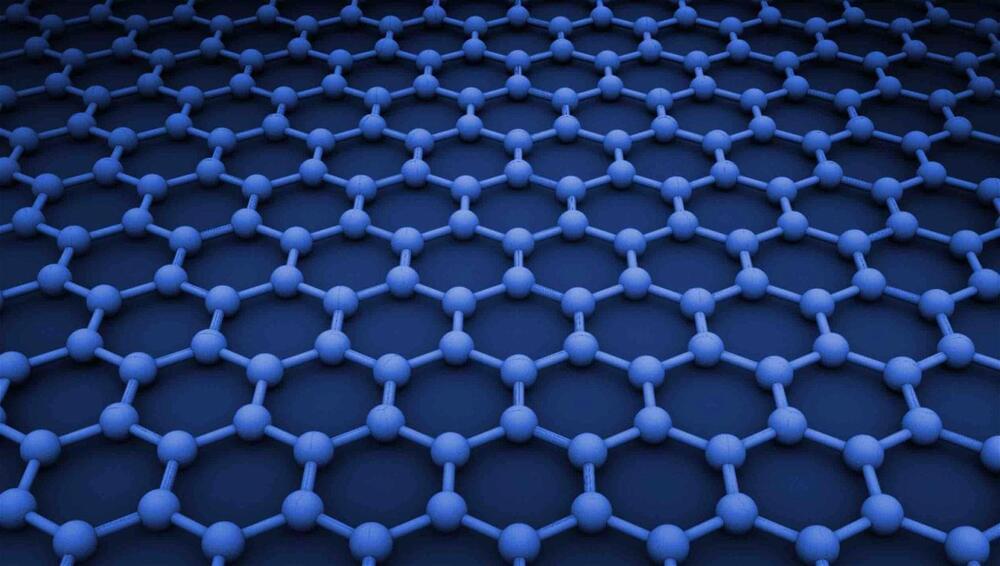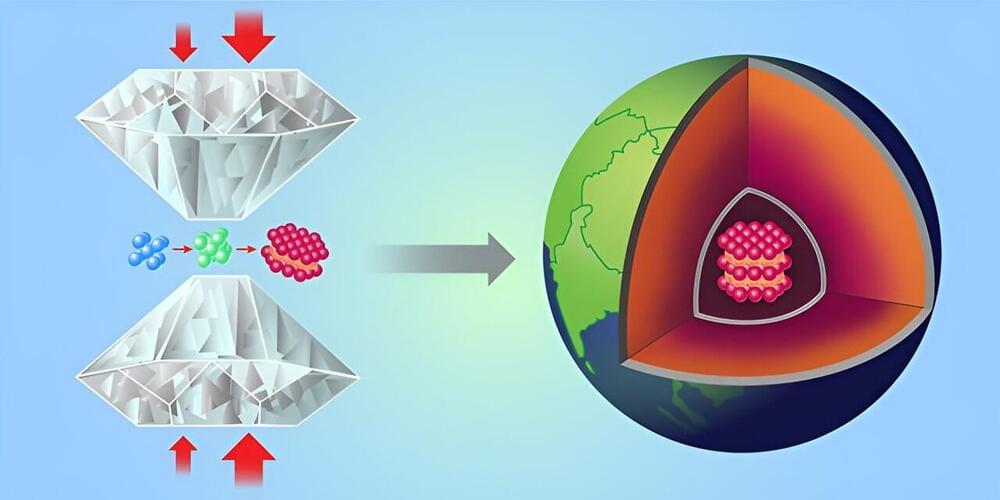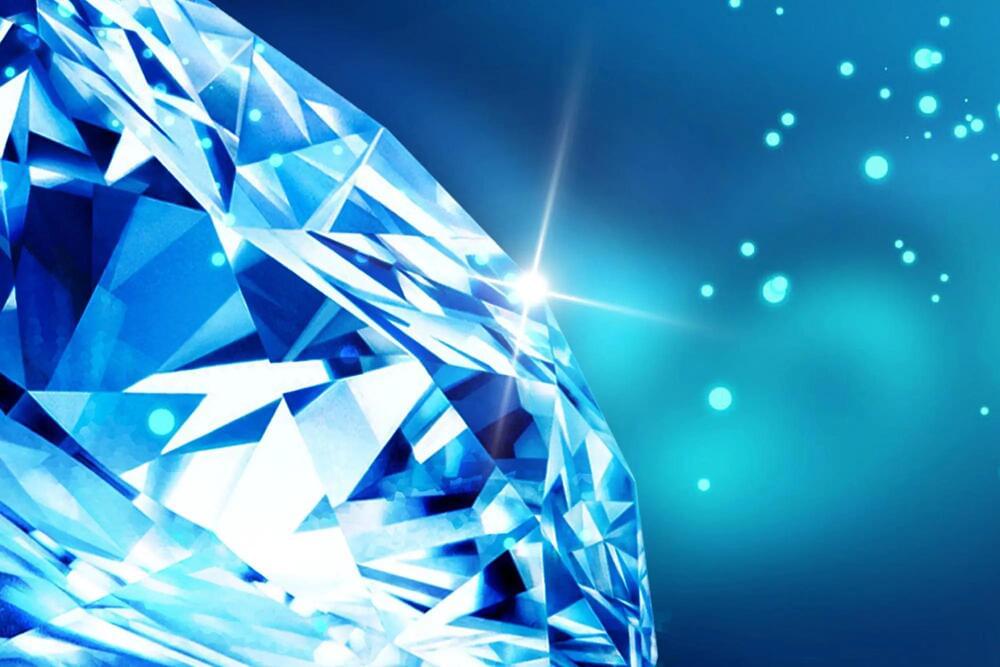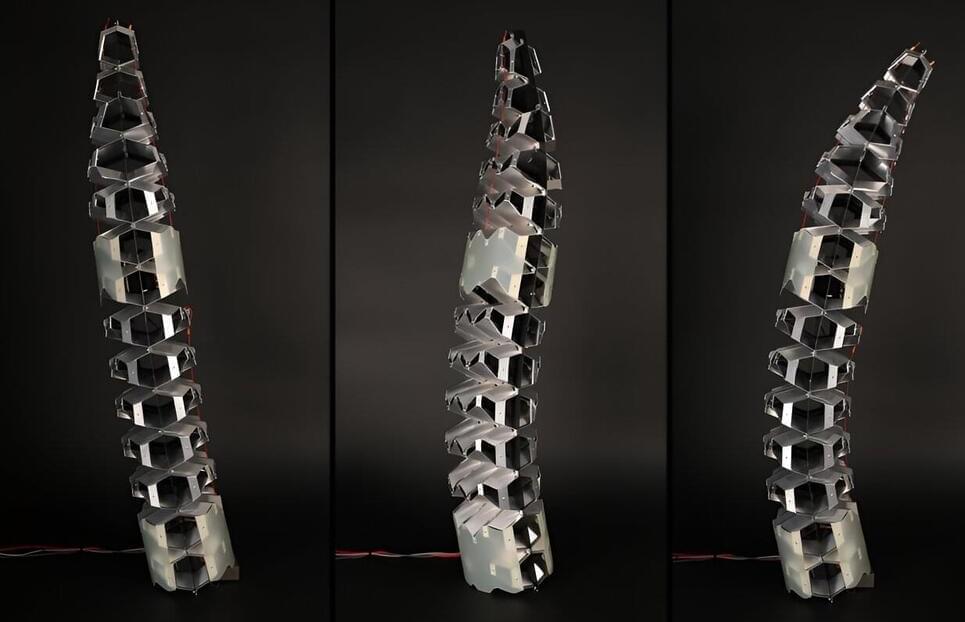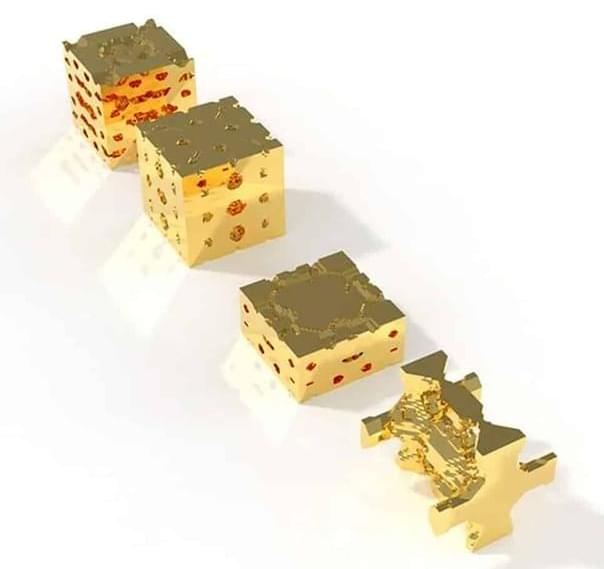The word “fractals” might inspire images of psychedelic colors spiraling into infinity in a computer animation. An invisible, but powerful and useful, version of this phenomenon exists in the realm of dynamic magnetic fractal networks.
Dustin Gilbert, assistant professor in the Department of Materials Science and Engineering, and colleagues have published new findings in the behavior of these networks—observations that could advance neuromorphic computing capabilities.
Their research is detailed in their article “Skyrmion-Excited Spin-Wave Fractal Networks,” cover story for the August 17, 2023, issue of Advanced Materials.
